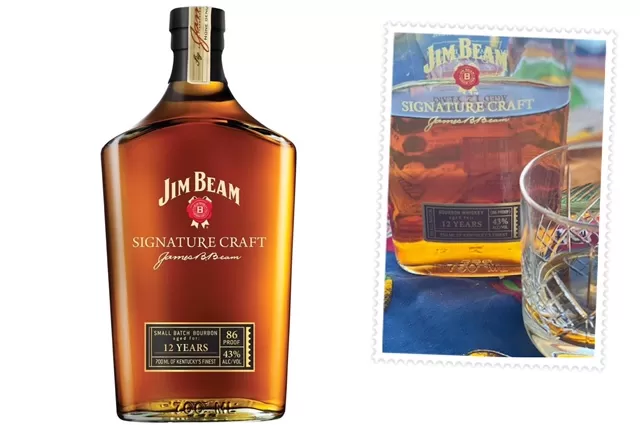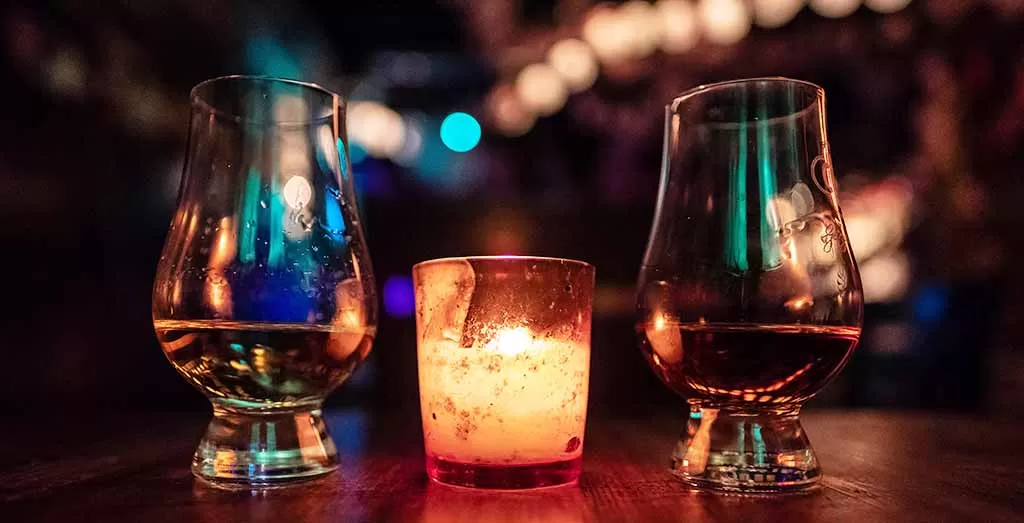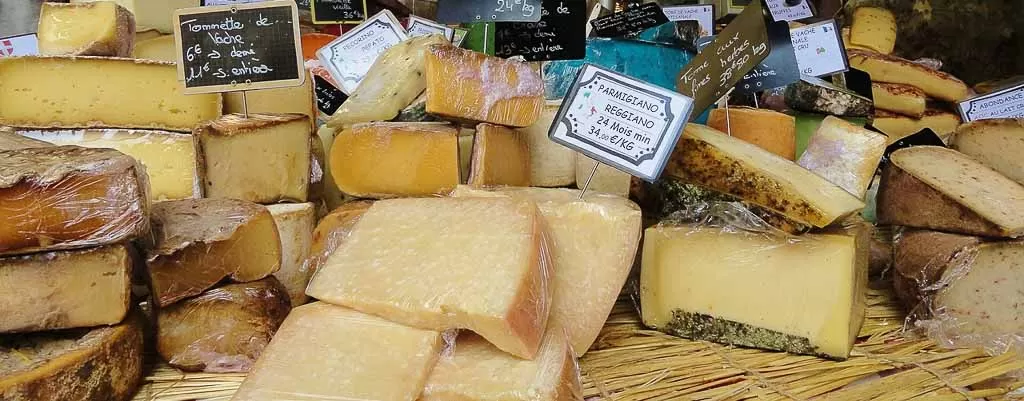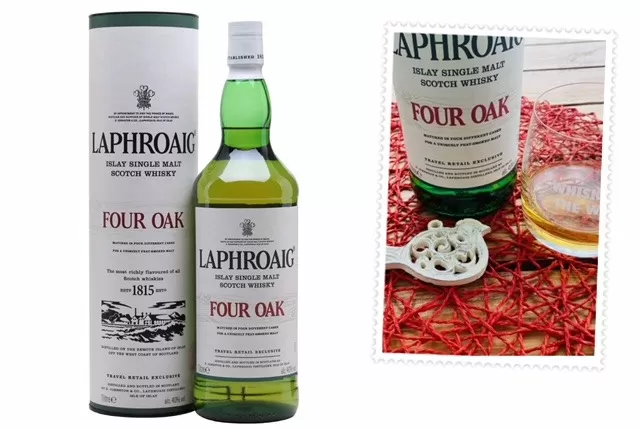5 Best Blended Whisky to Buy in 2025
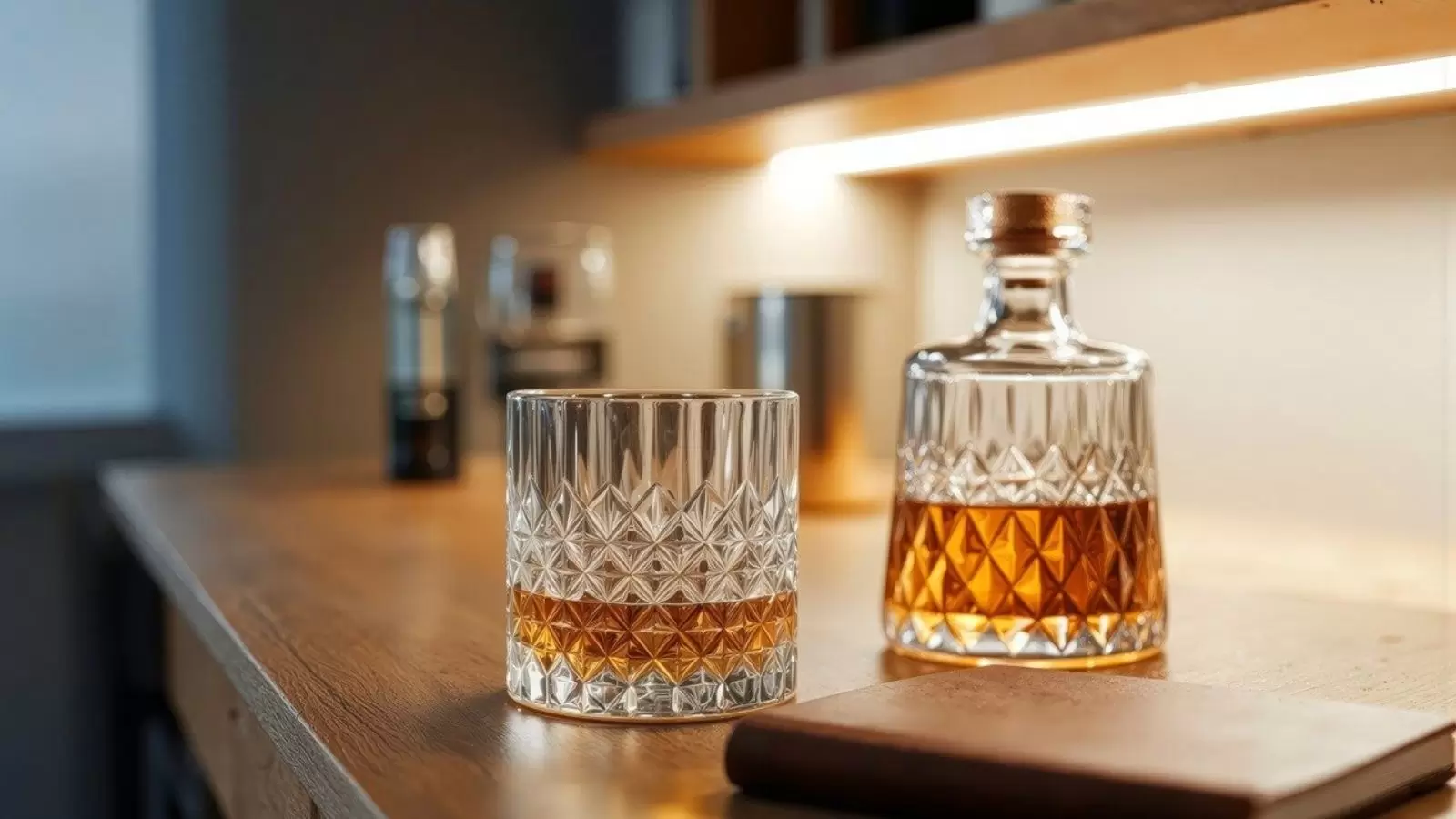
The first whisky I ever tried was a Chivas Regal 12 year old blend, but as my world expanded, I transitioned to single malts. For a long time, I only drank single malts, but a bottle of Ballantine’s Finest reignited my love for blended whisky.
